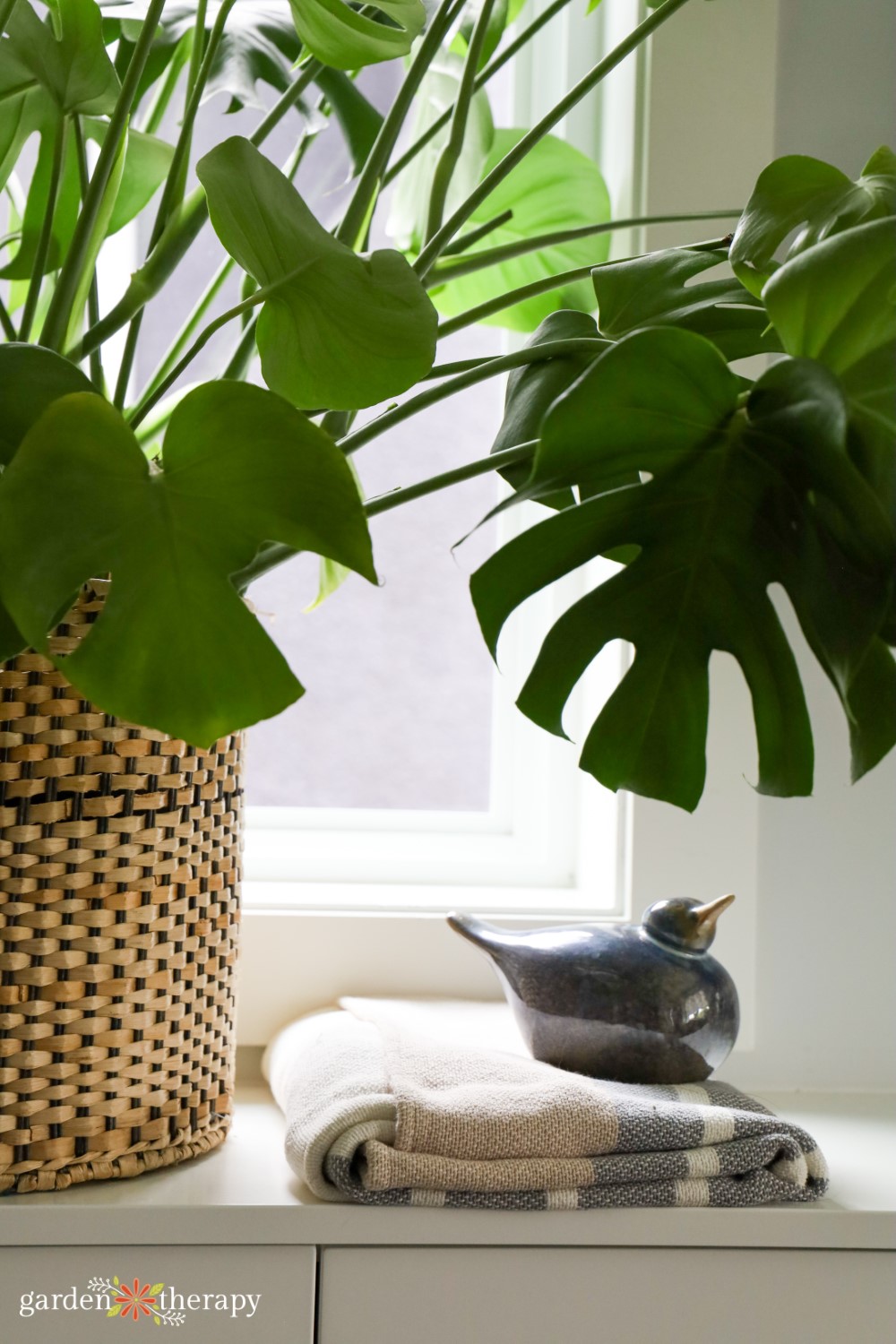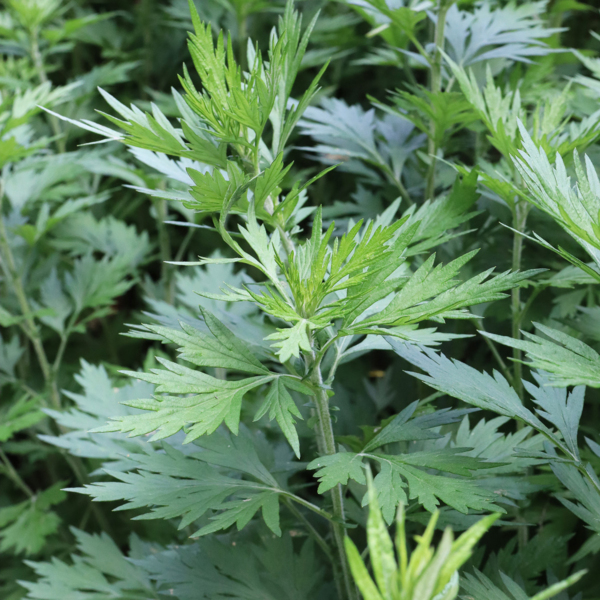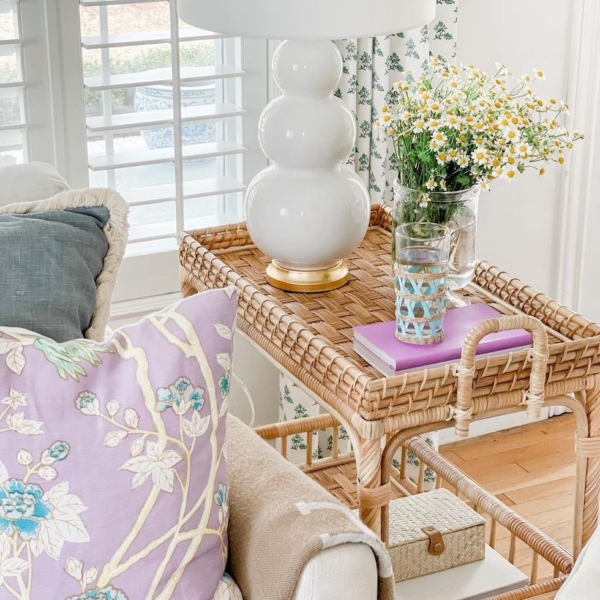With the lack of sunlight, many people suffer from SAD. To say the least, the winter months can be mentally and emotionally challenging for many people. I’ve often turned to the garden, even in the winter, to help chase my blues away. Here are a few ways you can use your love of plants and gardening for seasonal affective disorder.
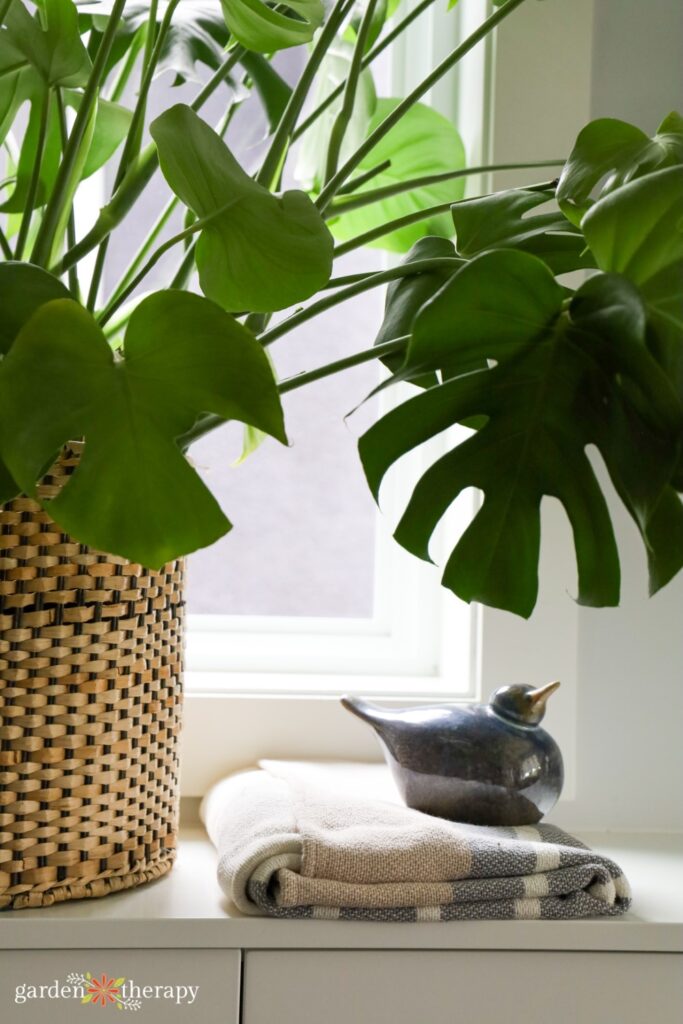
When the sun sets at 4:30, it can feel like it is up and down in a matter of minutes. Without a doubt, November through February can be some of the toughest months for those of us who live further north and away from the equator.
Our plants become less active when there is less daylight. Yes, many go straight to rest and almost look dead in the winter. But even our houseplants and evergreens slow their growth in the fall and winter, resting up for the warm weather.
In the winter, it’s essential for us to take inspiration from these plants. It’s a time for us to do less and not try to maintain that same busy schedule.
But it’s also essential that we still get outside and enjoy some gardening therapy, even during the cold months.
If you also feel the effects of limited sunlight, these tips for winter gardening for seasonal affective disorder will give you a boost from mother nature.
This post will cover…
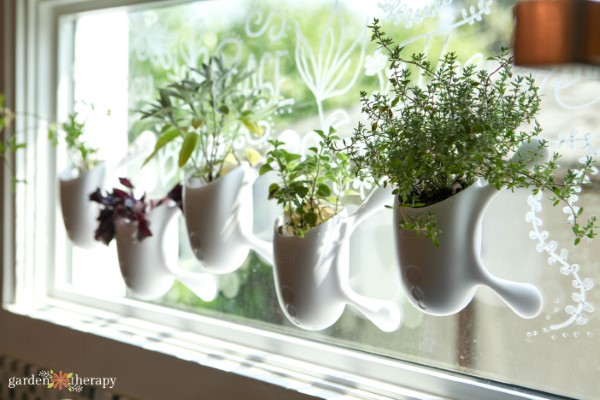
What is Seasonal Affective Disorder?
Seasonal Affective Disorder (SAD) is a form of depression. This perhaps has the best acronym of SAD, because that’s exactly how many people feel this time of the year. People who experience SAD will go through mood changes and have symptoms like regular depression.
SAD typically occurs in the fall and winter months when there is less sunlight. For most, it will go away when spring begins, and there is more daylight. But there are a select few who experience SAD in the summer instead.
Around 5% of adults in the US will experience SAD. In Canada, 2-3% of Canadians experience SAD in their lifetime, while 15% will experience a milder version of SAD.
It’s also believed that SAD is more common among women than men. The Canadian Mental Health Association reports that women are nine times more likely to be diagnosed with SAD than men.
While more research is needed, Pshciatry.org says, “SAD has been linked to a biochemical imbalance in the brain prompted by shorter daylight hours and less sunlight in winter.”
Finding Garden Therapy in the Winter
When I was writing my first book, Garden Made, I divided it into four chapters for each of the seasons. For me, making it seasonal felt important, and I ensured that every season had equal projects.
I went out of my way to ensure that the winter projects were quick, crafty, and engaging. Spending time with plants gives us a reason to get outside, even when wearing a toque. You can smell the pine, the freshness, and even the soil.
Nowadays, I find myself working on more projects in the fall and winter. In the summer, the plants are busy doing their own thing. We can admire them and help as needed.
But in the winter, we need them. All the time we spend huddled in front of the TV and even cozying up by the fireplace can contribute to SAD. We need to remember to get outside still.
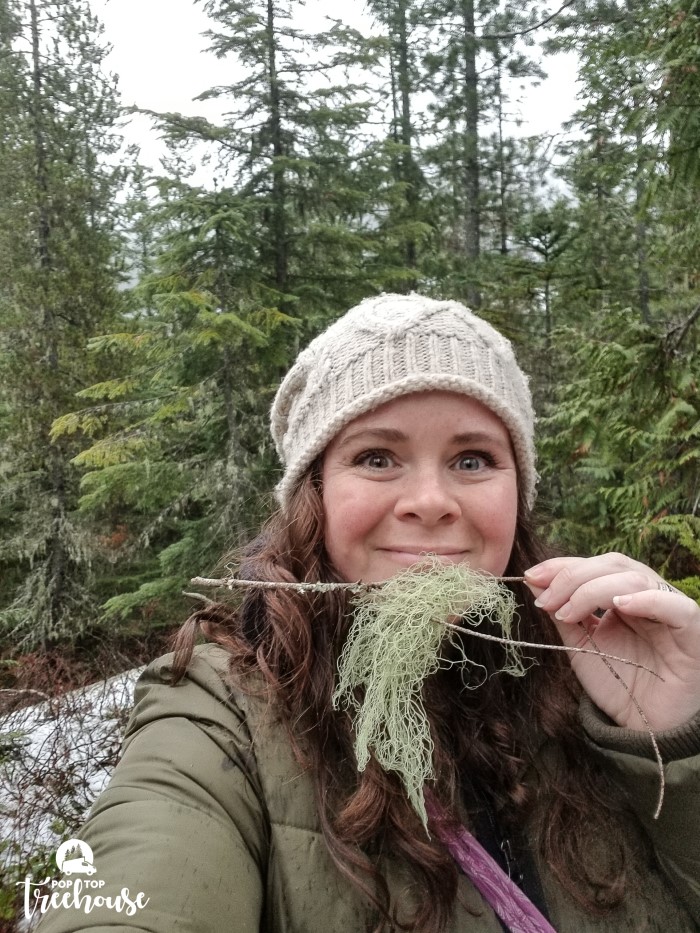
Finding Balance
It’s easy to get lost in hanging out inside when it’s colder and drearier outside. But it’s always a good idea to step outside at least once a day and try to get that natural outdoor therapy in.
But I also want to stress that we naturally slow down in the winter, and that’s okay. When we’re in the winter, we need to do less. We should be working less, sleeping more, feeling cozier, and reducing our physical activity from the summer.
Just like the plants are doing.
Before we had electricity, this was second nature to us. We used fires and candles at night, and things wouldn’t be lit up all the time. The time of year and the amount of natural light dictated what activities they did.
Now, we have light. Everywhere. All the time.
This allows us to keep busy all the time. And it seriously messes with our internal clocks. Just think about how much daylight savings time or jet lag can affect us! We’re essentially doing that to ourselves all the time in the winter.
As the days get shorter, we should follow suit and do less and less. Likewise, we should follow the sunlight and get livelier in the summer.
For me, SAD feels like a result of the demands from society and this constant false sense of daylight we have.
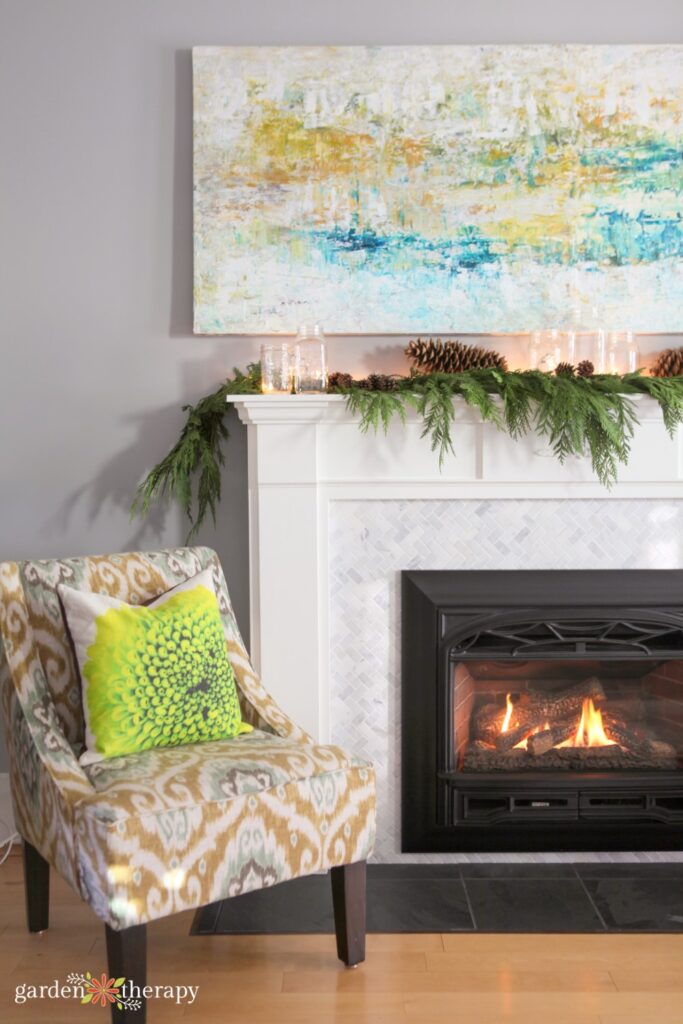
Gardening for Depression
I talked a bit about my experience with depression and how gardening became a beacon for me. As my depression comes and goes, I am constantly reminded that just a few minutes outdoors can have a huge impact.
It’s well proven that greenery, getting outside, and gardening itself can help to relieve the symptoms of depression and anxiety. You can learn more about those studies and my own personal experience in this post.
But I bet you’ve felt the calming effect of nature yourself. Your shoulders are up to your ears with stress, your to-do list swarming in your brain. But when you step outside, even just for a few minutes, some of your worries seem to evaporate right along with the sun.
I’ve never specialized in horticultural therapy or gotten too much into the science behind it all, but I share the many crafty projects and ideas that will help you get outside or more connected to nature.
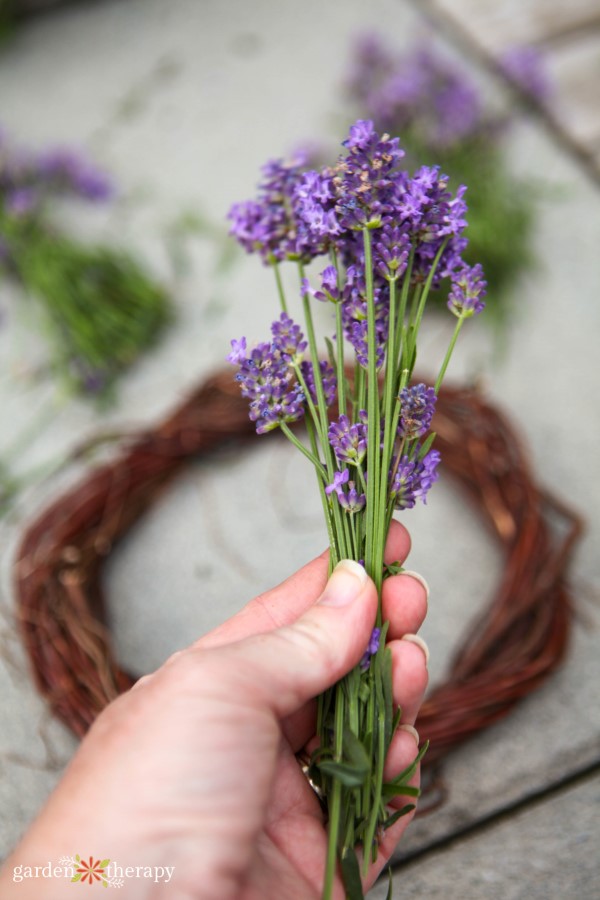
Tips for SAD
Now I know it’s difficult to go outside and garden when all the plants are hibernating themselves. SAD typically affects us because it’s so difficult to get outside.
One of the biggest ways to treat SAD is with light therapy. This is where you buy a specialized light that powers you with tons of light early in the day.
But I also suggest trying to get as much natural sunlight as possible. Like the plants in the winter, be by the windowsill as often as possible. Consider moving your furniture so you sit closer to the window.
I also try to surround myself with as many plants as possible. I have plenty of suggestions in my post about plants for low light. These will all be able to handle the minimal sunlight in the winter. But their green leaves will give you a sense of freshness and nature within the home.
Make an effort to get outside at least once a day. Aim for early afternoon when the sun is at its highest, and you can soak in as much vitamin D as possible. And even if the sun isn’t shining, you’ll enjoy the crisp air and sights.
Talking to a mental health professional is the number one way you can help treat SAD. Be sure to consult with a professional if you think you or a loved one may experience SAD.

Gardening for Seasonal Affective Disorder
Here are a few ways to “garden” in the winter and reap the benefits of working with plants and nature.
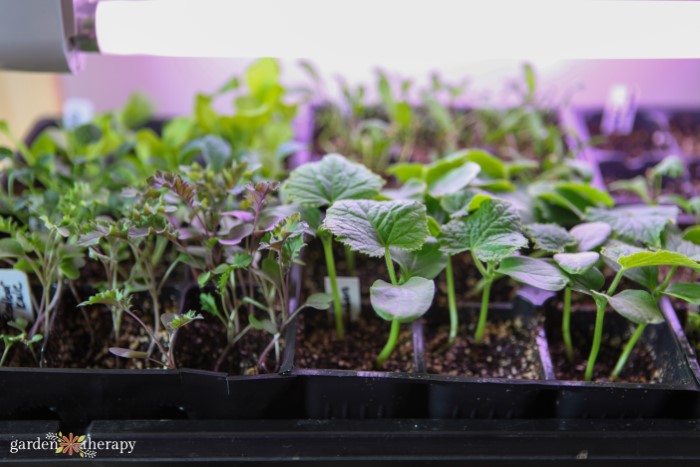
There are so many ways to embrace nature, even without being surrounded by it or puttering in the garden. Just remember that you’re not alone in this, get outside when you can, and that spring is always coming. *hugs*
